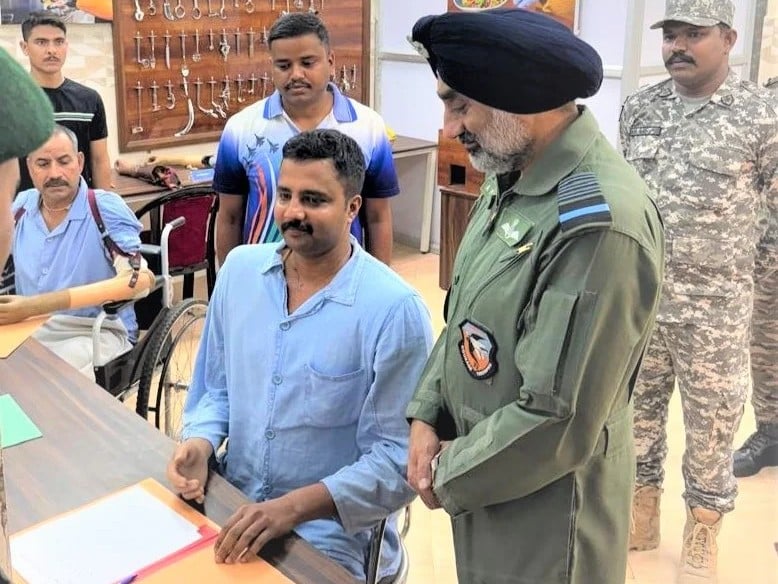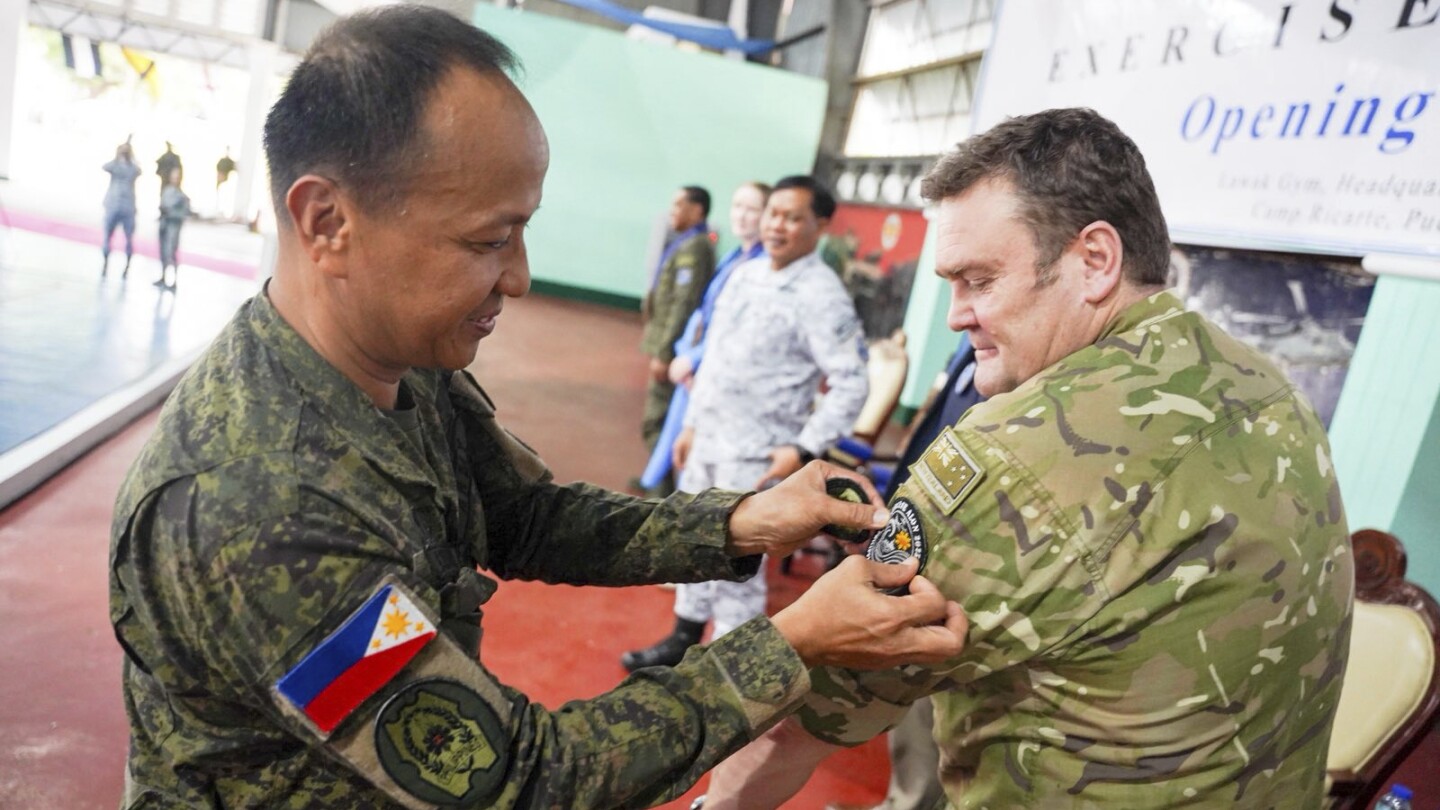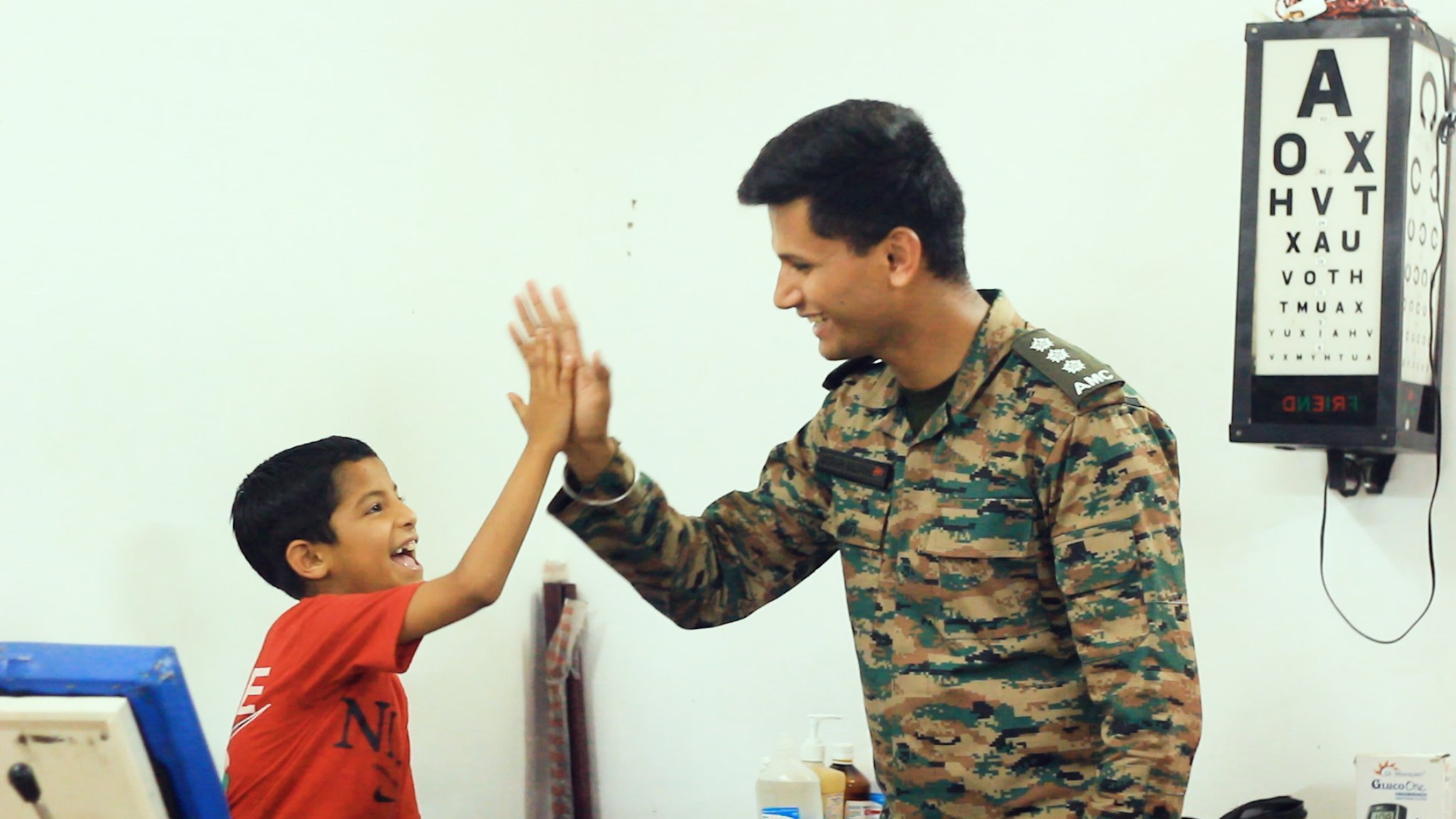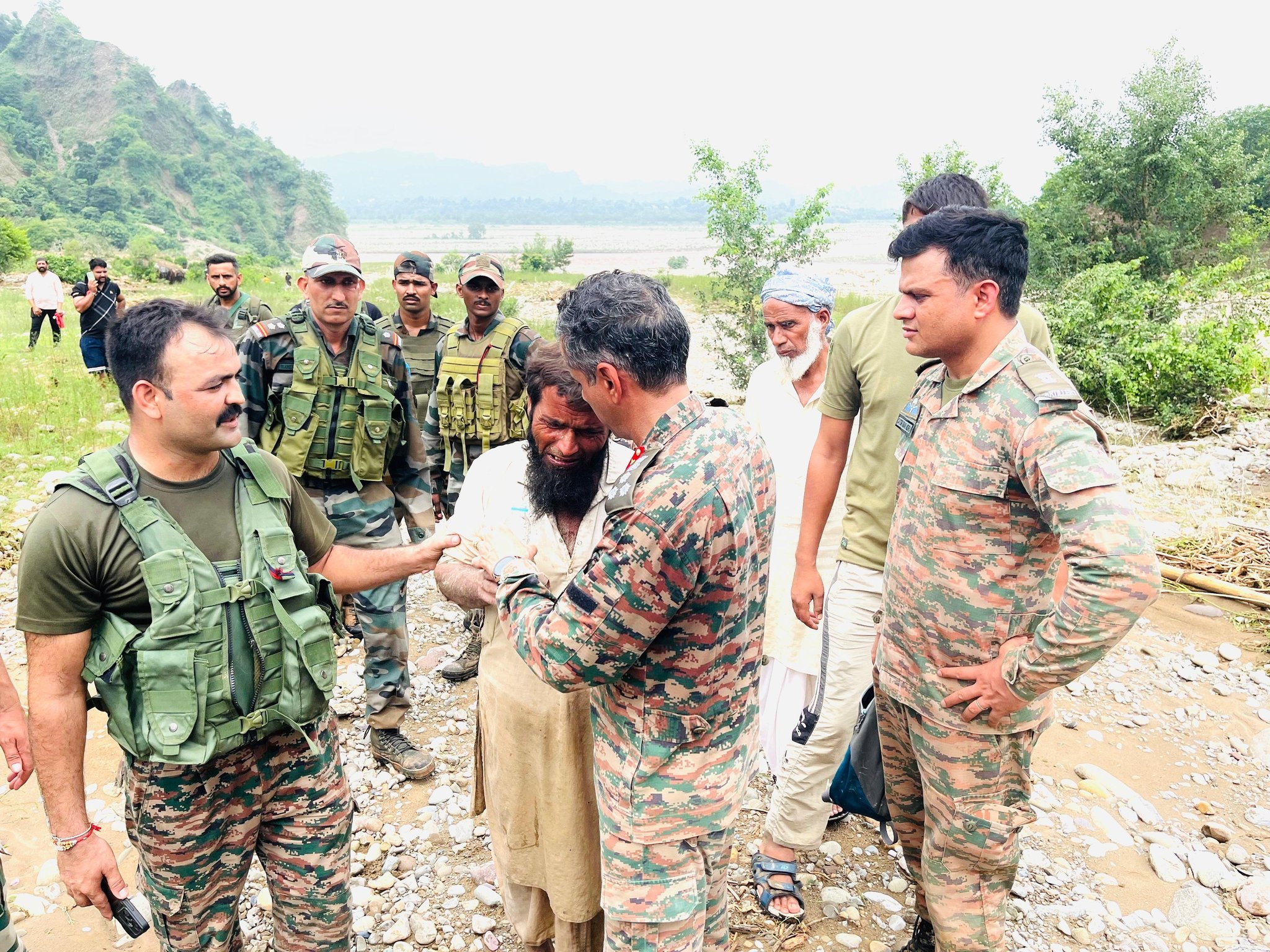Kerala’s Corporal Varun Kumar, Who Lost His Hand in Operation Sindoor, Awarded the Vayu Sena Medal
As reported by Onmanoroma: Corporal Varun Kumar (32), a native of Punnapra in Alappuzha, has been conferred the Vayu Sena…
Australia, Philippines Launch Largest-Ever Military Exercise Near South China Sea
Australia on Friday kicked off its largest-ever military exercises with the Philippines, involving more than 3,600 troops in live-fire drills,…
Meet Captain Saurabh Salunke: Army Doctor Who Restored an 11-Year-Old’s Voice After 8 Years
In the remote hills of Duggan village in Kathua, Jammu and Kashmir, a young Indian Army doctor has achieved what…
Kathua Disaster: Army Deploys Choppers, Multiple Columns for Rescue Operations
The Army on Sunday launched a massive rescue and relief operation in cloudburst-hit Jodh Ghati village of Jammu and Kashmir’s…
Captain Narsaram Jajra Killed in Jaipur Hit-and-Run; Accused Driver Gets Bail
A tragic incident marred Independence Day celebrations in Jaipur as a 64-year-old retired Army officer, Captain Narsaram Jajra, lost his…
Meet Himachal’s Flight Lieutenant Arshveer Singh Thakur: Youngest Vir Chakra Awardee of Operation Sindoor
On Independence Day 2025, President Droupadi Murmu awarded the Vir Chakra, India’s third-highest wartime gallantry medal, to Flight Lieutenant Arshveer…






